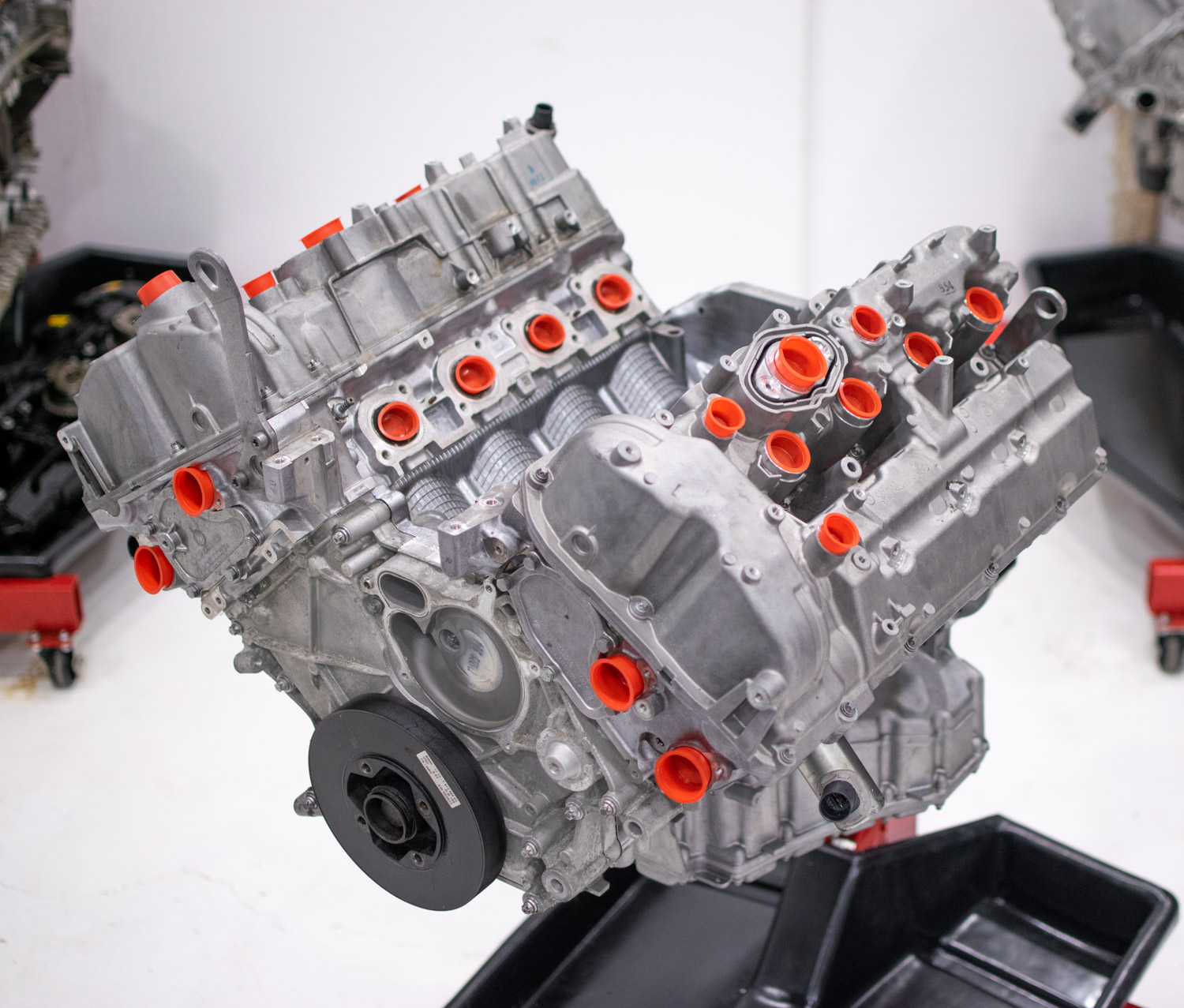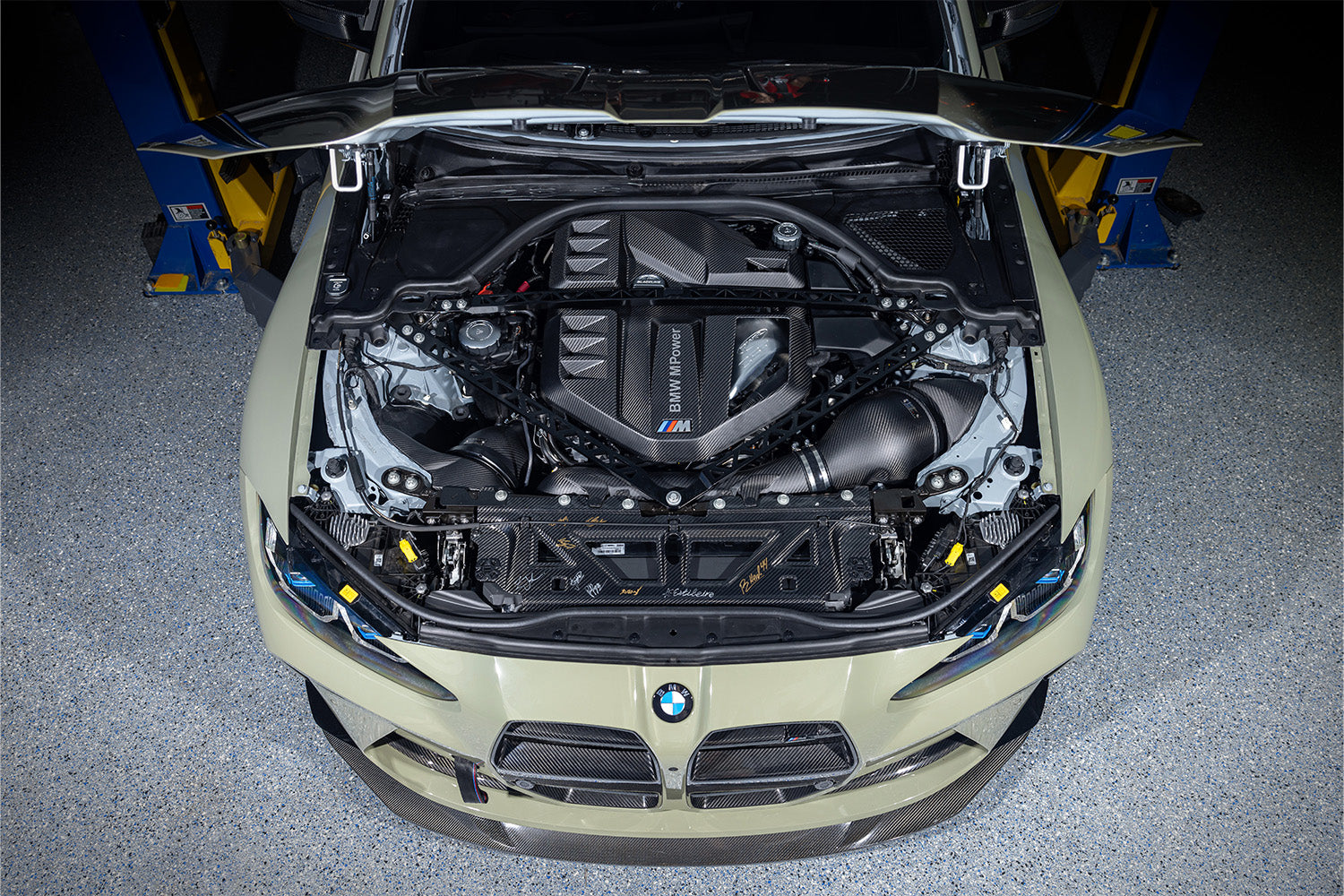Checking Out the Development of Combustion Engines in Modern Transport Systems
As we navigate the landscape of contemporary transport, the evolution of burning engines stands as a testimony to human ingenuity and design prowess. The interaction of history, technology, and ecological problems in forming the trajectory of combustion engines develops a narrative that is both informative and engaging.
Early Beginnings of Combustion Engines
Exactly how did the principle of combustion engines first arise in the early stages of transport growth? The origins of burning engines can be mapped back to the 17th century when the principles of internal combustion were first checked out.
The development moment came with the creation of the very first effective gasoline-powered engine by Karl Benz in 1885 - bmw engine. This engine paved the way for the advancement of the modern-day automobile, changing transport systems worldwide. Succeeding developments by Nikolaus Otto and Gottlieb Daimler further refined combustion engine modern technology, resulting in the mass manufacturing of cars and the fast development of the transport market
These very early burning engines were identified by their simpleness and efficiency, laying the foundation for the complex and effective engines made use of in modern transport systems. The evolution of combustion engines has contributed fit the method we take a trip and deliver products, noting a considerable landmark in the background of transportation growth.
Change to Internal Combustion Modern Technology
The change to internal burning technology noted an essential change in the evolution of transport systems. This shift started in the late 19th century, with innovators like Nikolaus Otto and Gottlieb Daimler developing the initial effective inner burning engines. These engines changed transportation by using an extra powerful and effective choice to steam engines and electric motors.
One of the key advantages of interior burning engines was their capability to be scaled down to match automobiles, resulting in the growth of automobiles and motorcycles. This change from large, fixed engines to compact, mobile ones led the way for the modern transport systems we see today.
The transition to inner burning technology also spurred developments in gas technology, leading to the growth of gasoline and diesel as main fuel resources for cars. This change not only made transport extra accessible to the masses however likewise laid the structure for the oil and gas market to become essential to global economic climates.
Impact of Combustion Engines on Transport
The fostering of burning engines in transport systems catalyzed a profound change in the efficiency and rate of global flexibility. Combustion engines transformed transportation by giving a trusted and versatile resource of power for numerous automobiles, including automobiles, trucks, airplanes, and ships. This advancement dramatically boosted the capability for products and individuals to conform cross countries in shorter timespan, leading to raised connection in between areas and countries.
In addition, the extensive use burning engines has actually had a substantial influence on financial growth. The ability to deliver products effectively has spurred trade and commerce, permitting companies to expand their markets and get to customers worldwide. This has facilitated financial development and globalization, as items can now be moved much faster and in larger amounts than ever.
Nevertheless, the environmental impact of combustion engines can not be ignored. The burning of nonrenewable fuel sources has resulted in air pollution and greenhouse gas exhausts, contributing to climate adjustment and positioning health and wellness dangers to populaces. bmw engine. Therefore, there his comment is here is a growing emphasis on establishing alternative propulsion modern technologies to alleviate these unfavorable impacts and create a more lasting future for transportation
Advancements in Combustion Engine Design
One notable innovation is the growth of turbocharged engines, which make use of exhaust gases to drive a wind turbine that presses incoming air, permitting for more gas to be scorched, resulting in increased power result without a substantial boost in engine size. Variable valve timing systems have additionally changed engine design by maximizing air movement at various engine speeds, boosting both power and efficiency. These developments collectively contribute to the constant enhancement of burning engines in modern-day transportation systems.
Future Fads in Burning Engine Advancement
With technology innovations driving continuous advancement, the future of burning engine development is poised to change transportation systems worldwide. One of the crucial trends in combustion engine growth is the push in the direction of better efficiency and lowered exhausts. Suppliers are spending heavily in r & d to improve engine efficiency while fulfilling strict ecological guidelines. This consists of the Clicking Here combination of innovative gas shot systems, improved turbocharging approaches, and the usage of lightweight materials to maximize fuel intake and minimize carbon emissions.
Another prominent pattern is the fostering of crossbreed technologies in burning engines. Hybrid engines integrate typical combustion innovation with electrical power, offering improved fuel performance and reduced emissions. As the auto industry shifts in the direction of electrification, crossbreed combustion engines are seen as a transitional option that bridges the gap between traditional vehicles and completely electric ones.
In addition, the assimilation of clever modern technologies, such as expert system and data analytics, is anticipated to play a significant role in the future of burning engine growth. These innovations can optimize engine efficiency in real-time, resulting in extra reliable burning processes and boosted general car performance. Embracing these future patterns will not just drive advancement in burning engine development however also add to a more eco friendly and lasting transportation ecosystem.

Conclusion
In verdict, the development of burning engines in modern transportation systems has actually been noted by considerable improvements in innovation and design. From the early beginnings of combustion engines to the change to inner burning modern technology, these engines have had an extensive influence on transport. Innovations in burning engine design remain to drive development in this field, with future fads concentrating on more enhancing effectiveness and lowering discharges. The future of combustion engines in transport looks promising as r & d initiatives proceed to push borders.
The origins of burning engines can be traced back to the 17th century when the concepts of internal burning were that site very first discovered. These engines transformed transportation by offering an extra powerful and efficient option to steam engines and electrical motors.
